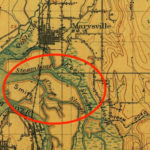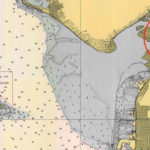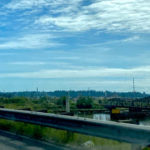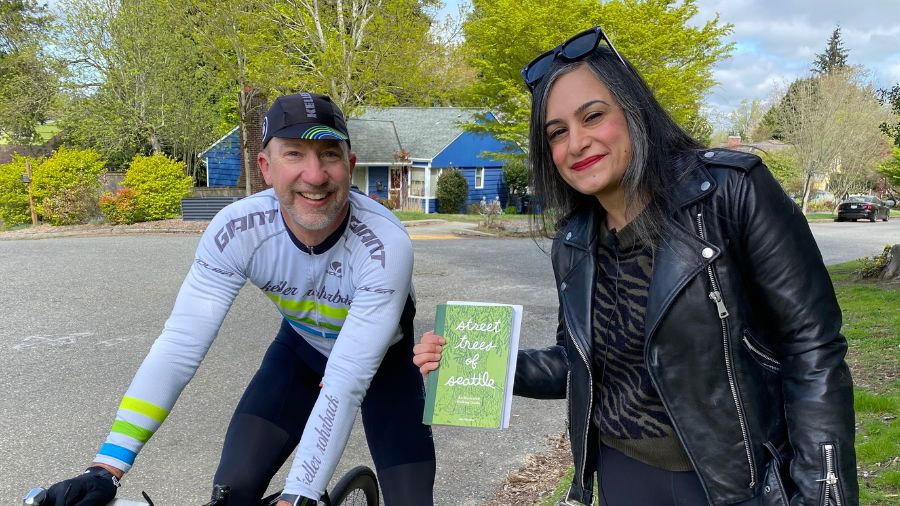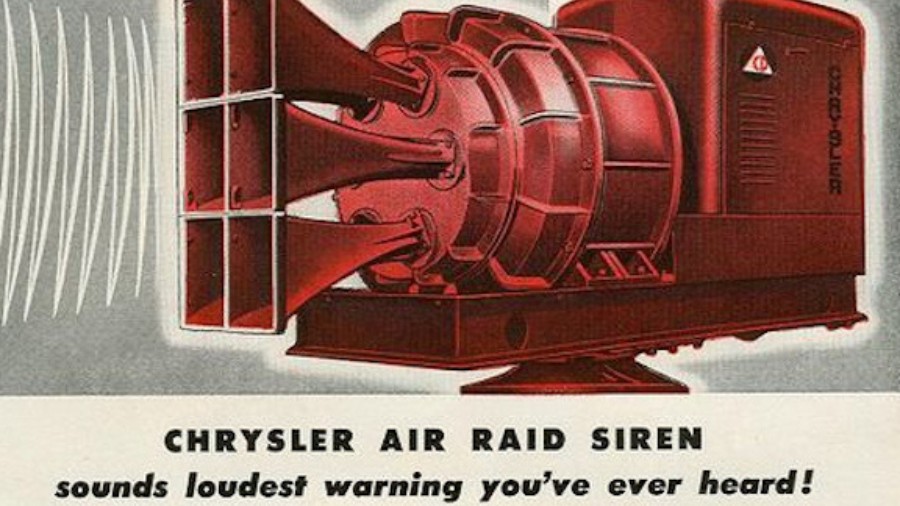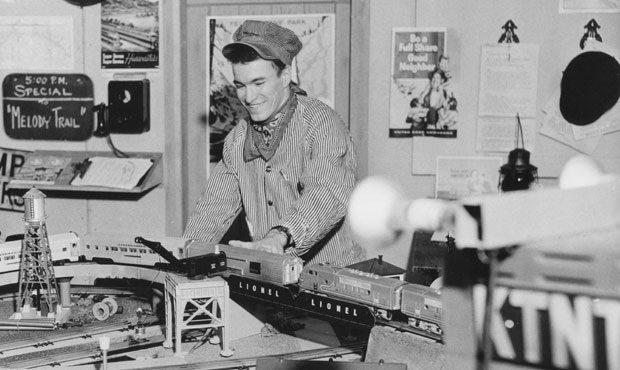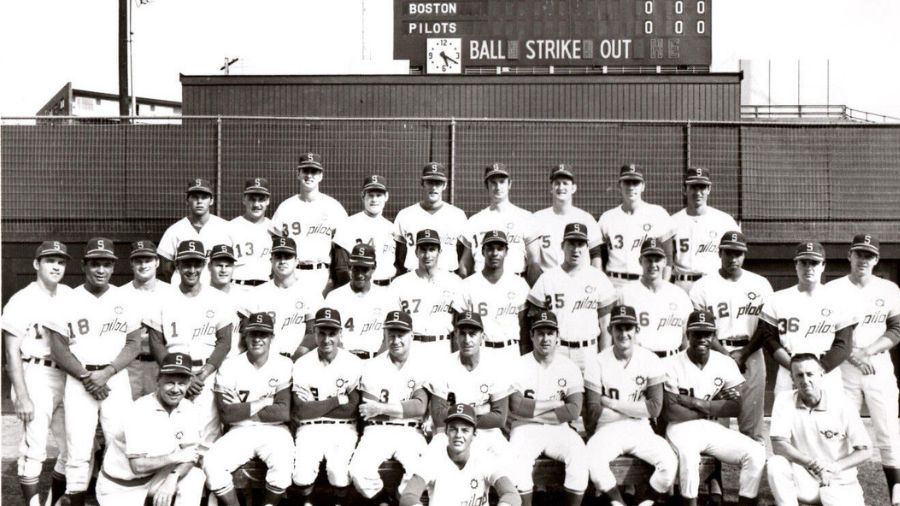All Over The Map: Mystery of Union Slough and other Snohomish River stories
May 29, 2020, 9:29 AM
If you’ve ever taken I-5 through Everett, you might have noticed that the highway crosses the Snohomish River and three distinct and separately named “sloughs,” each called out with a handy roadside sign.
A slough, according to Merriam-Webster, is “an inlet on a river,” but also a “swamp” or a “backwater” or “a place of deep mud or mire.”
It was a big deal back in 1927 when old Highway 99 was first rerouted from a winding and twisting route between Everett and Marysville over a series of four newly-built concrete and steel bridges. The new bridges shaved five miles off the old route, almost cutting the travel distance almost in half, from 11 miles to six miles.
Before Europeans arrived, the Snohomish River had a broad and shifting delta with multiple channels that morphed and changed over the decades and centuries through floods, storms and other natural influences.
The shape of the delta and the routes of those channels began to lock into place as the delta became a site of lumber mills and other industry, and as the river became something that settlers depended on for moving people and freight between Everett and other communities along the river.
Heading north on the modern late 1960s route of I-5, the first water crossing is where the highway jogs to the east and goes over the main channel of the Snohomish River.
The name “Snohomish” is an Anglicization of an indigenous name – sometimes spelled Sdoh-doh-hohbsh or Sdohobich – and there’s debate about what the name means. Some say it means nothing, or perhaps “Sleeping Waters” (it’s not a particularly fast-moving river); a descendant of ancestors who lived there for thousands of years once said it means “lowland people.”
When Charles Wilkes and the United States Exploring Expedition surveyed the area in 1841, they called it Tuxpam River. An American nautical chart published in 1878 called it Skywhamish River, but by the 1880s, the main channel was listed on an updated nautical chart as “Old River,” perhaps because much of the freight and passenger travel had shifted to the sloughs.
Continuing north from the main river, the next I-5 crossing is at Union Slough, but we’ll come back to that one.
Next is Steamboat Slough, which has to be one of the most evocative names in the Pacific Northwest for the images of 19th and early-20th century marine travel that it so efficiently connotes.
Of course, this particular Steamboat Slough isn’t the only one in the world – there’s one in the Yukon, too – and it isn’t even the only one in Washington, as the Skagit River also has a channel with the same poetically mechanical name.
A history of Skagit and Snohomish counties published in 1906 offers compelling evidence of the possible origins of the name of Steamboat Slough on the Snohomish River.
In the spring of 1864, a logging company owner named E.D. Smith had trouble getting log booms down the Snohomish because of fallen timber blocking the channel, which, it would seem, was likely the most direct route into the harbor.
Smith sent a crew to clear the channel and cut down the trees along the riverbank so that no additional snags would fall into the water. Not long after, two steamboats called the Zephyr and the Nellie began making regular trips to settlements upriver via that cleared channel. And the rest, as they say, is history.
The next water crossing to the north is Ebey Slough, as I-5 enters Marysville. This channel is named for Colonel Isaac Ebey, who settled on Whidbey Island in the 1850s. During the 1855 “Treaty War,” Colonel Ebey led a team of volunteer soldiers from Whidbey over to the Snohomish River as a show of force and to discourage Native Americans from attacking settlers.
The group went a few miles up the northernmost channel of the river and established what was called Fort Ebey. Fort Ebey was in existence for only a short time, but the name stuck to what became Ebey Slough (it’s sometimes shown as “Ebey’s Slough” on old maps and charts). Isaac Ebey died a violent death in 1857, so perhaps the name became something of a memorial to him.
Now, back to Union Slough.
The origin of this one is a bit of a mystery. All the traditional place name sources – Edmond Meany, James Phillips, Robert Hitchman – are mute on the subject, but it is possible to speculate.
It might be that “Union Slough” connected or “united” two channels at some point in the past, much the way Lake Union was named in 1854 for its envisioned future role in uniting Puget Sound and Lake Washington.
One other theory stems from the fact that Myron Eells, an early scholar who studied Native Americans around Puget Sound, believed that Snohomish meant “a style of union among them.” This phrase is difficult if not impossible to interpret, but perhaps it described some trait or practice associated with Native Americans in the area around the Snohomish River.
The theory, then, is that this “style of union” concept somehow became associated with that part of the river – Union Slough. Admittedly, this seems like a longshot.
Either way, there is something oddly comforting when the origins of at least a few local place names remain out of reach. However, if you know how “Union Slough” was named or even if you have an interesting theory, please get in touch.
You can hear Feliks every Wednesday and Friday morning on Seattle’s Morning News and read more from him here. If you have a story idea, please email Feliks here.



